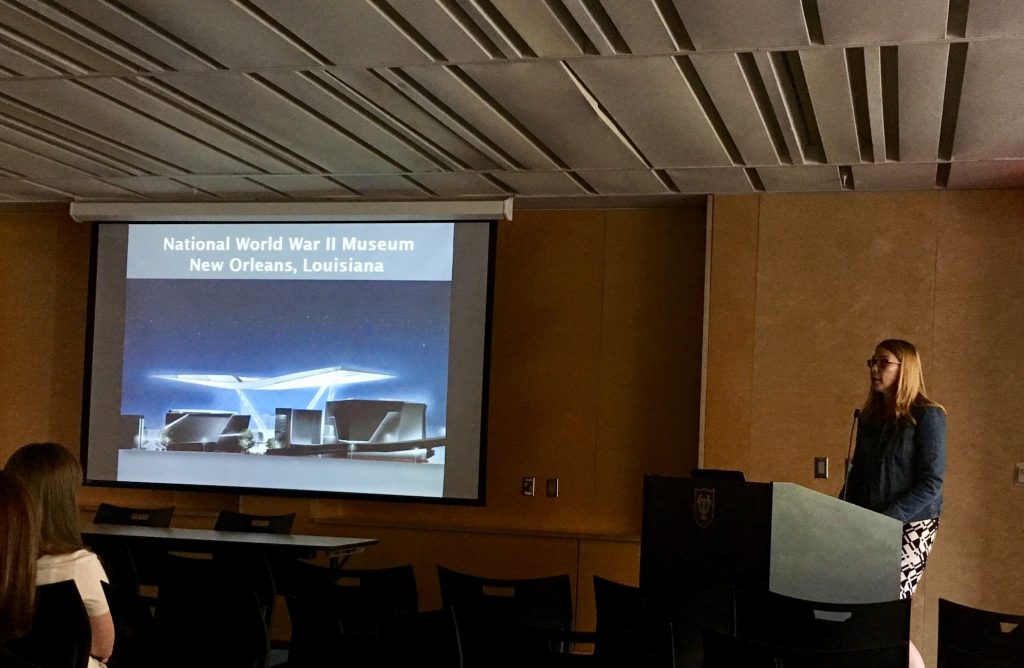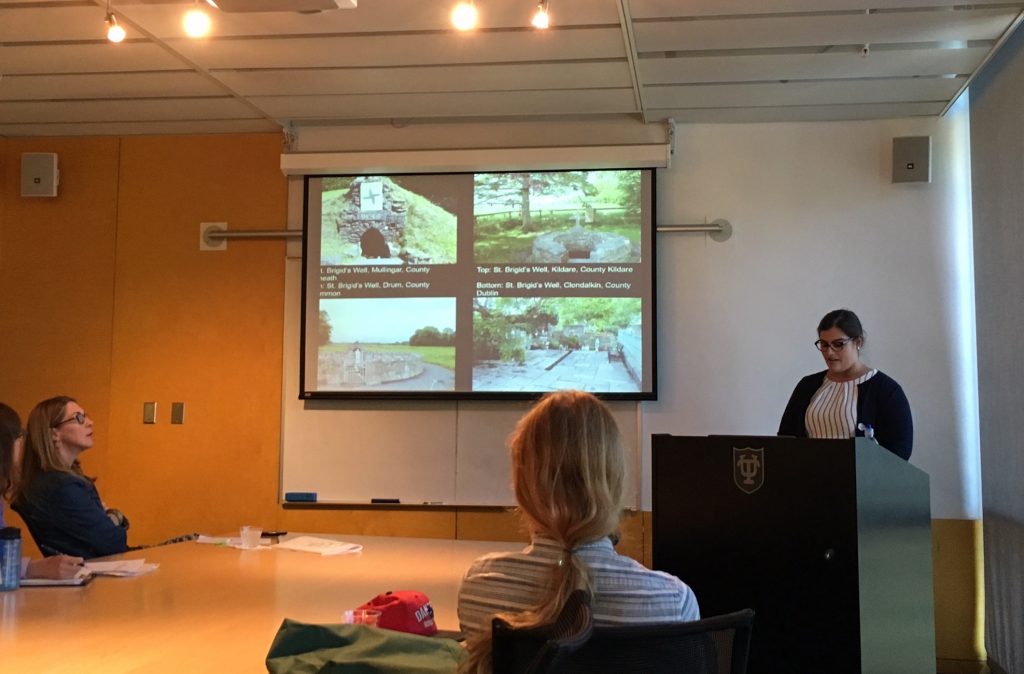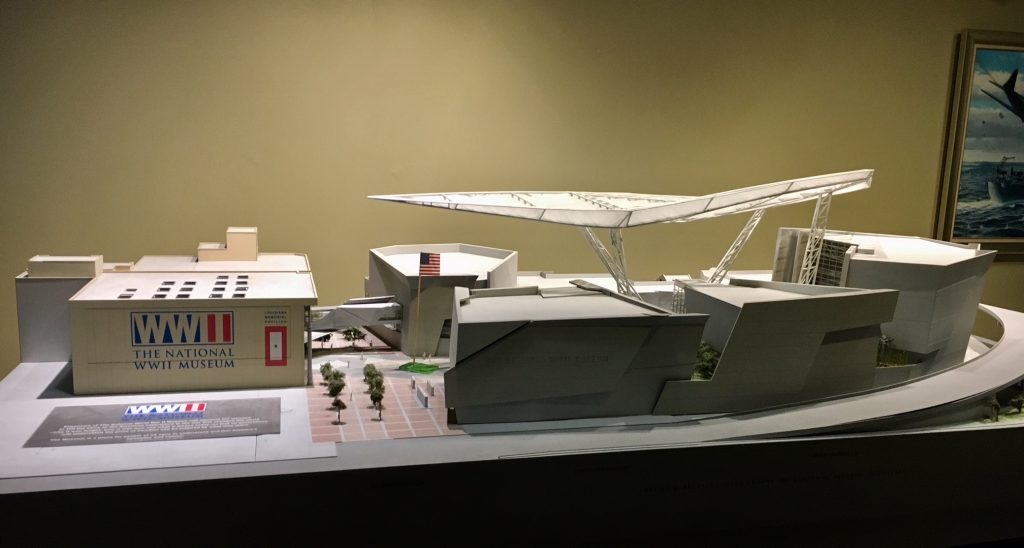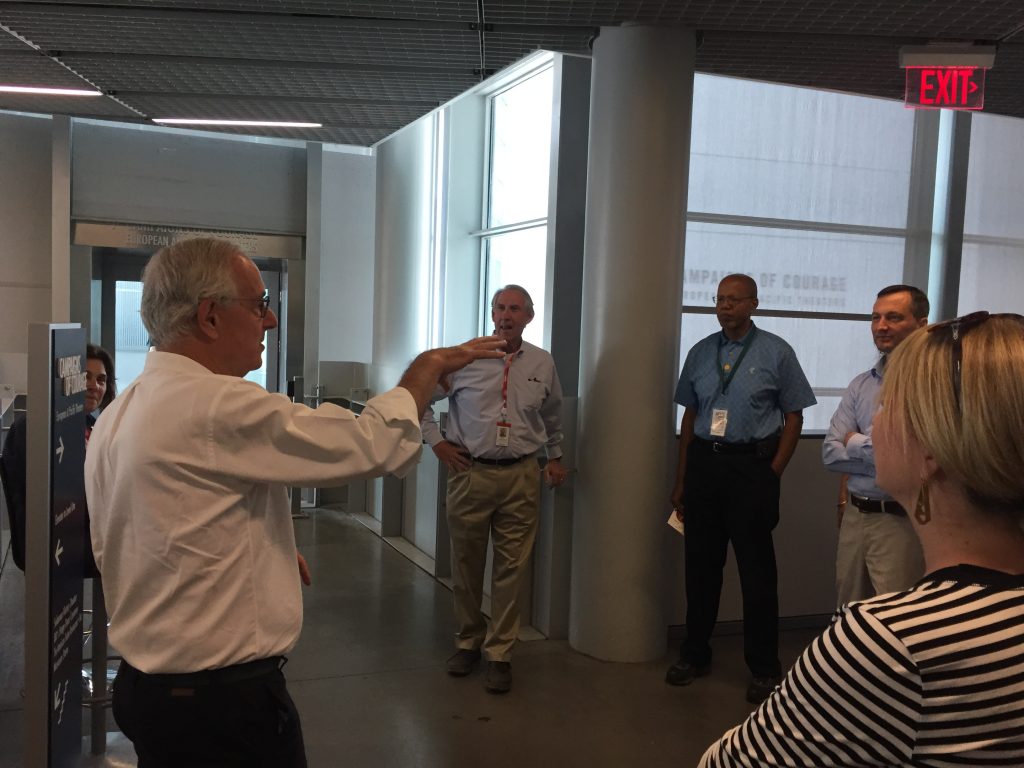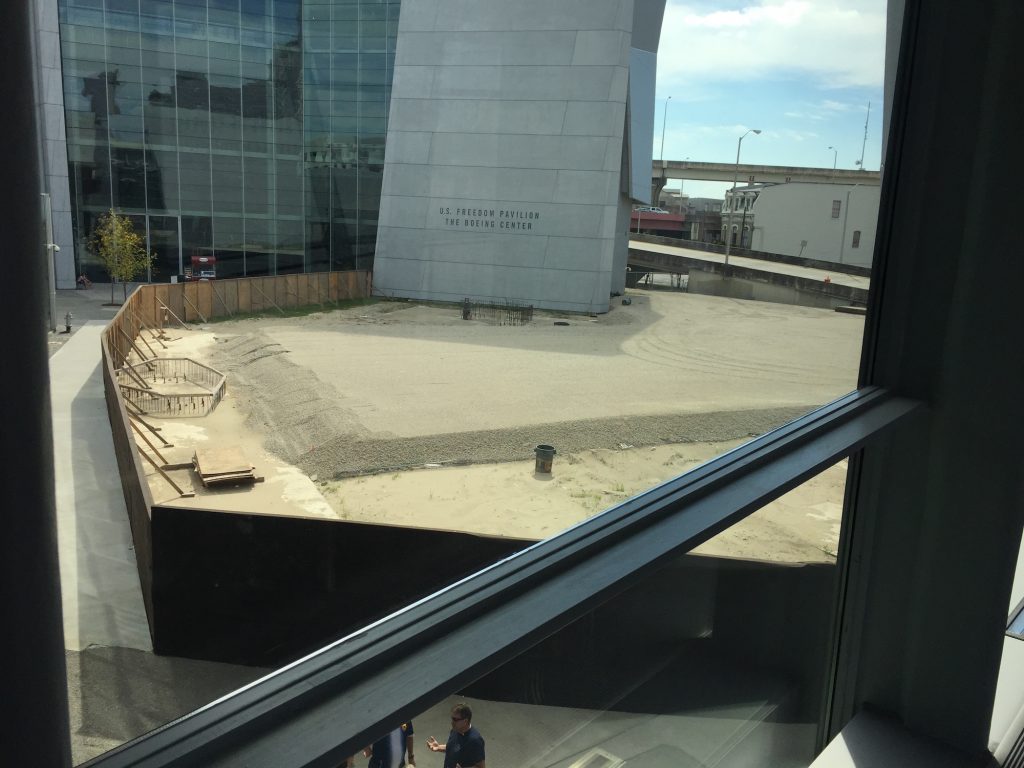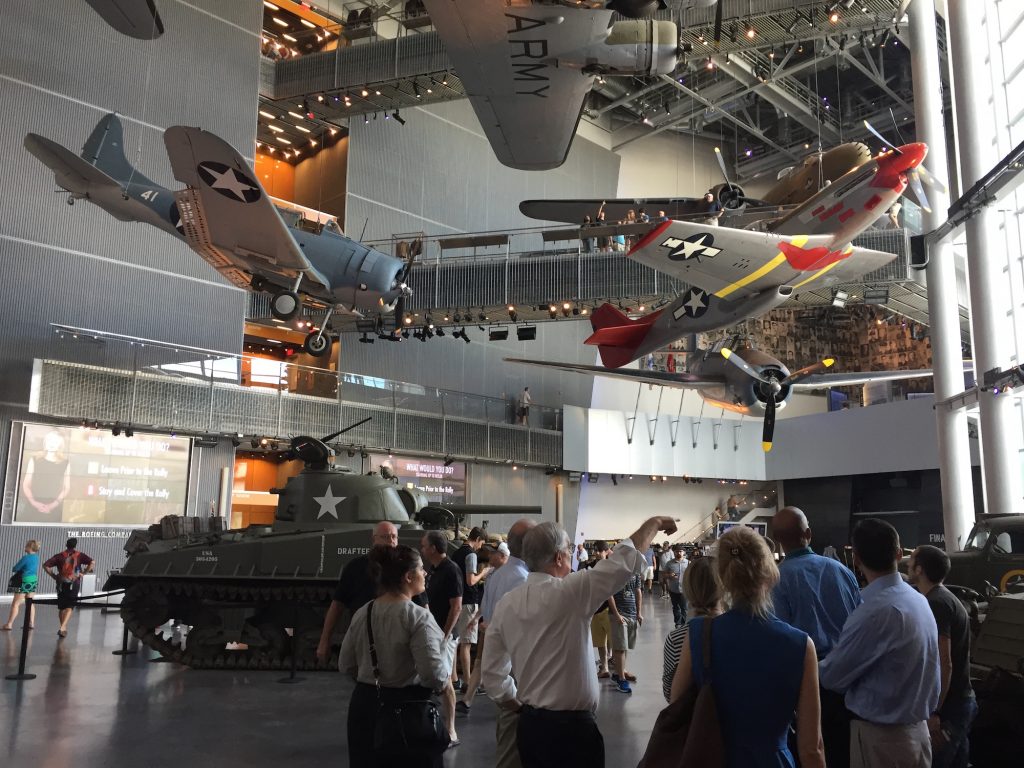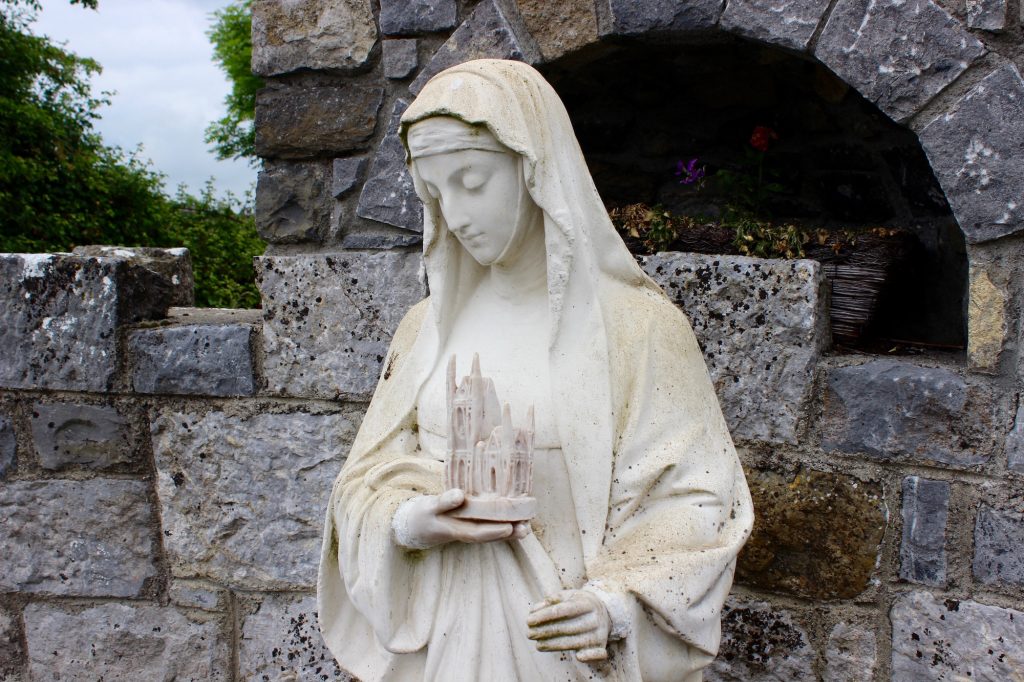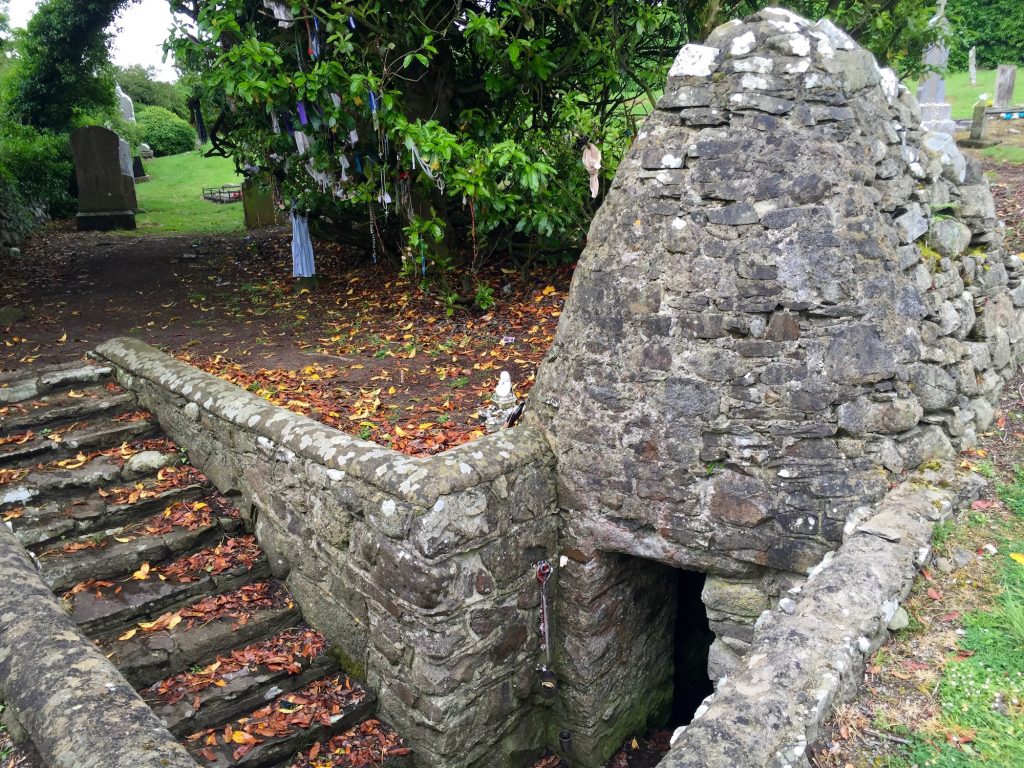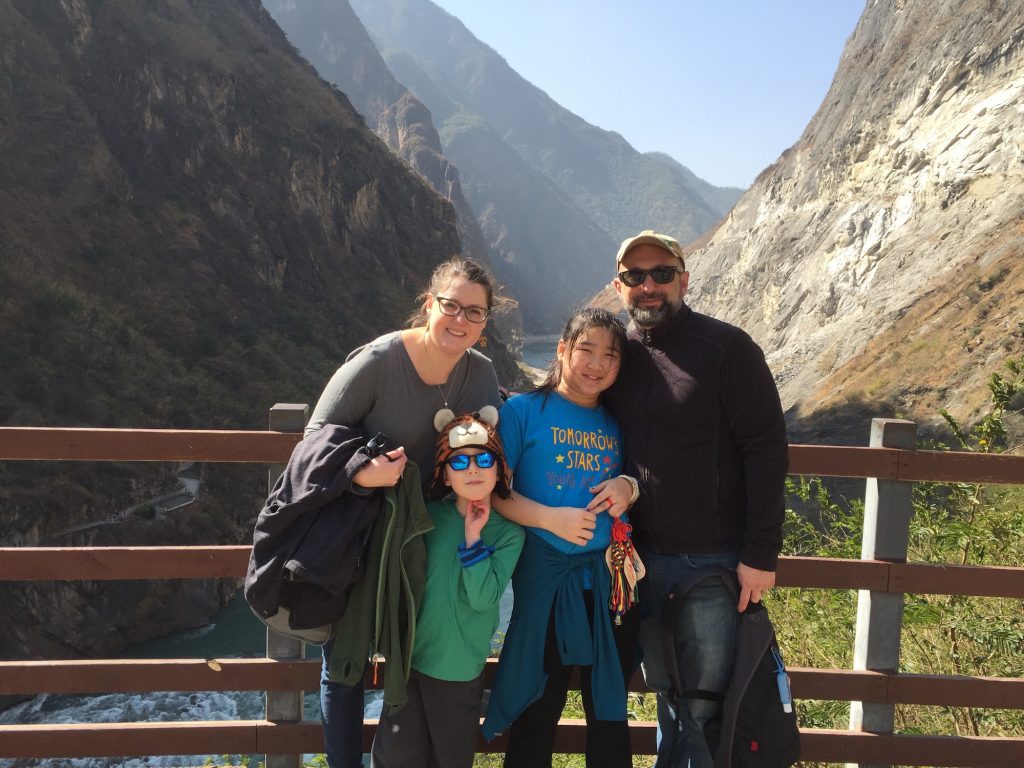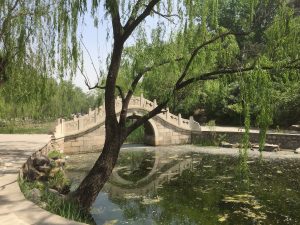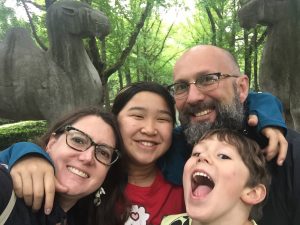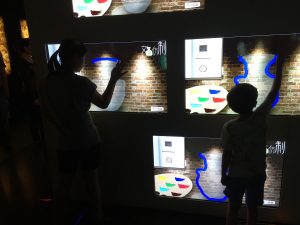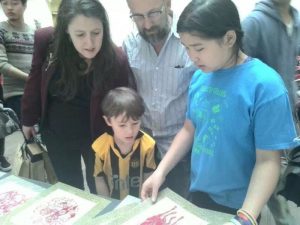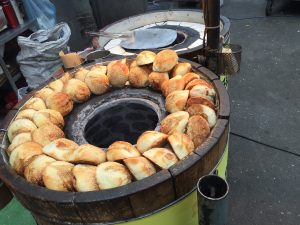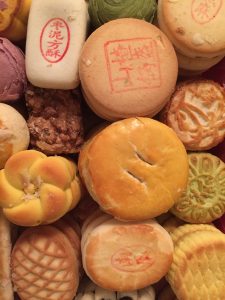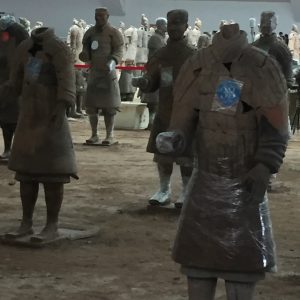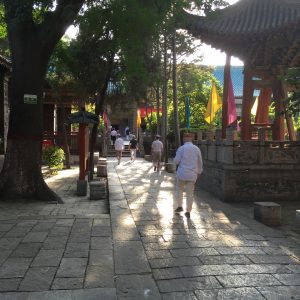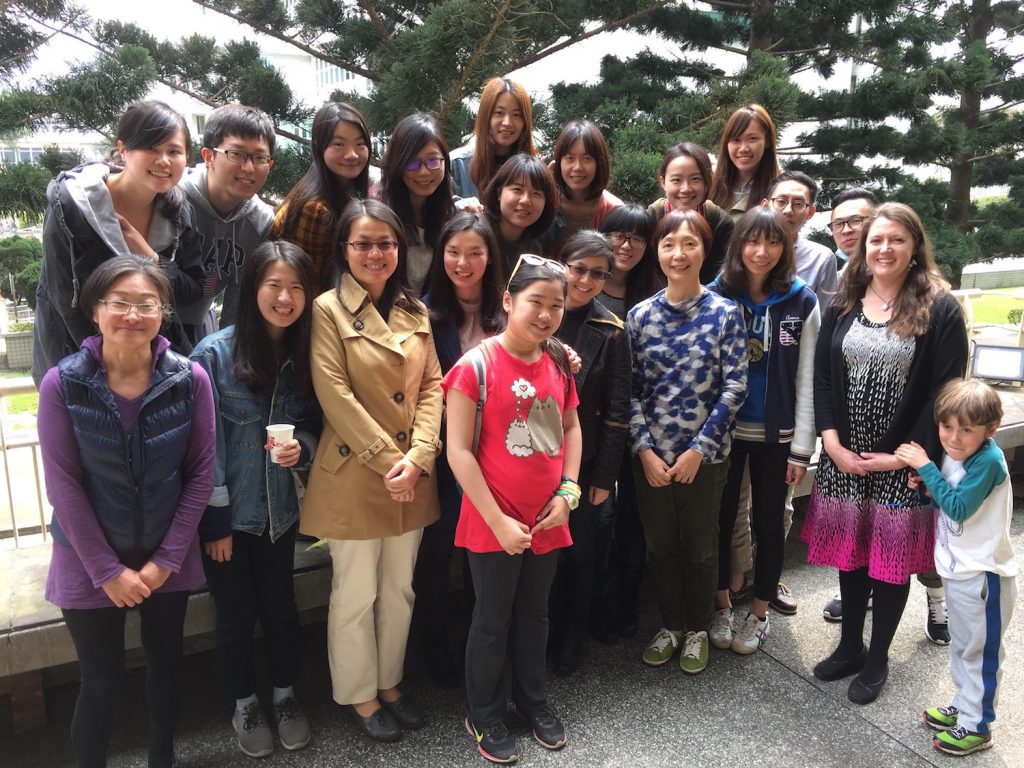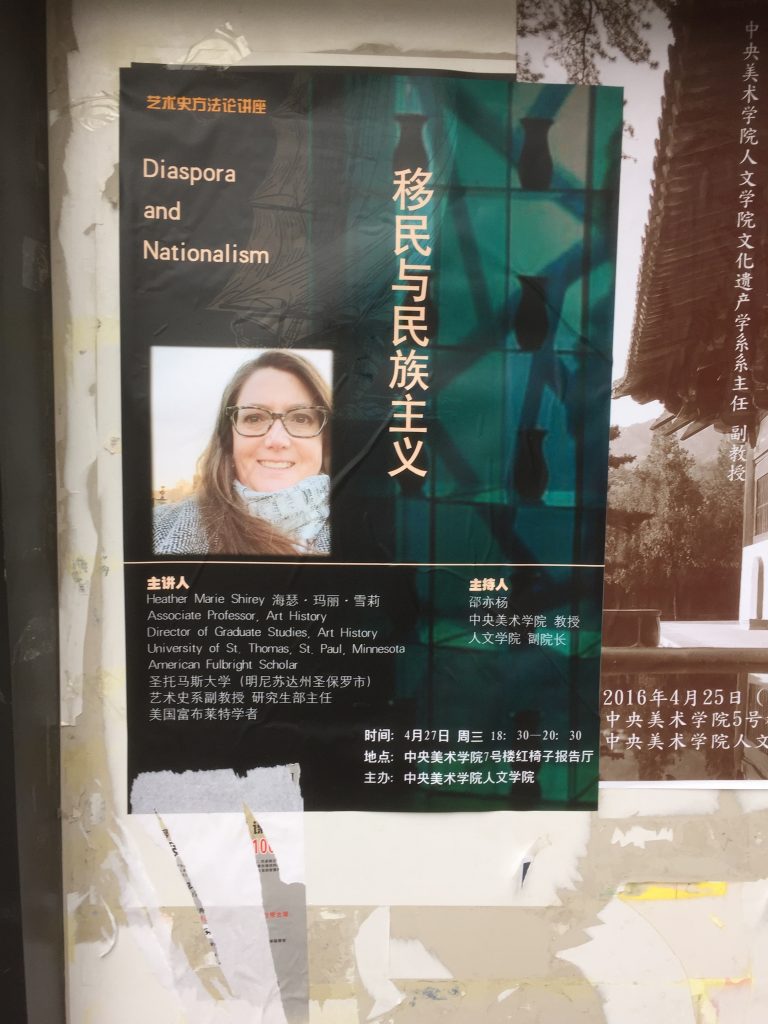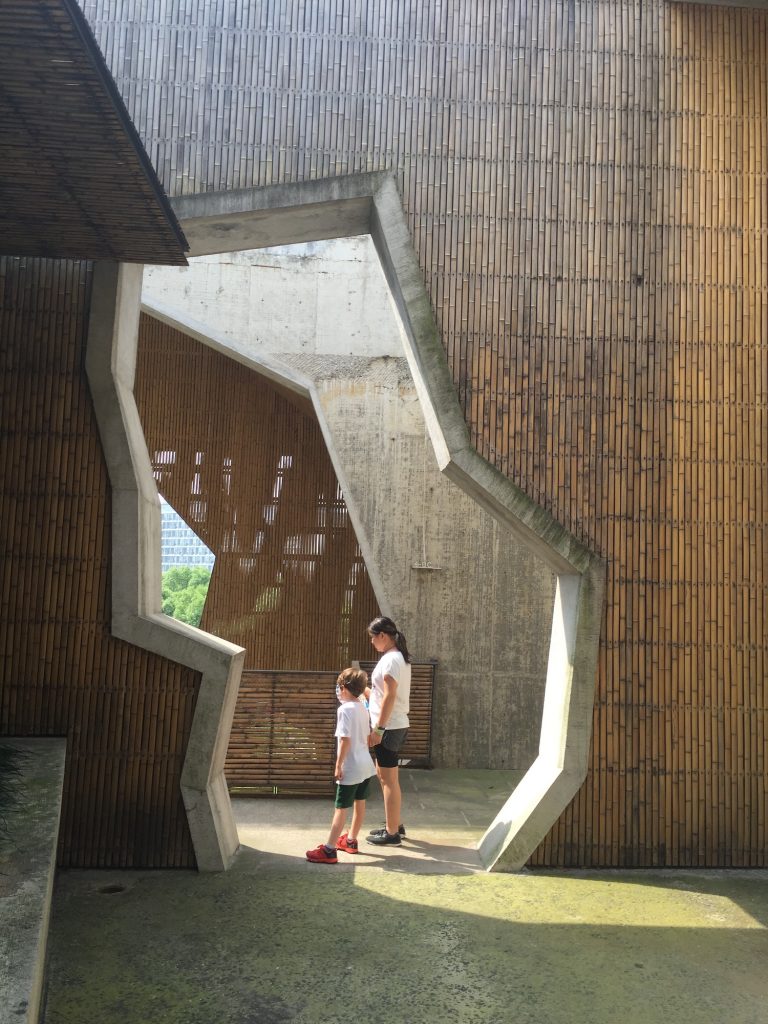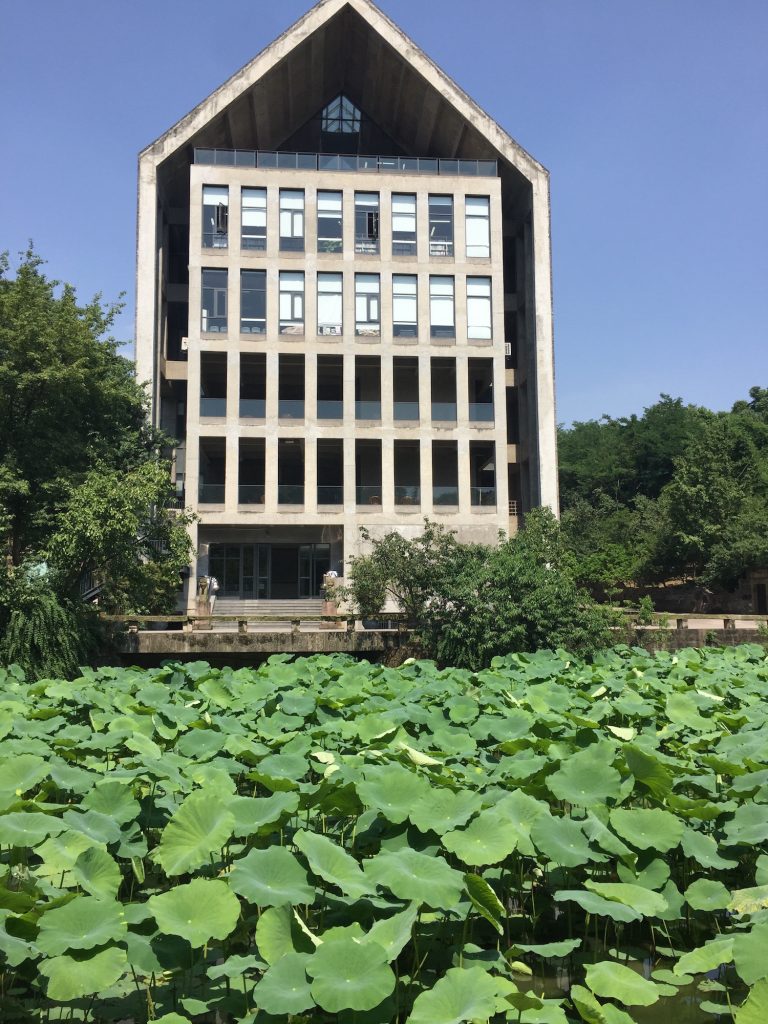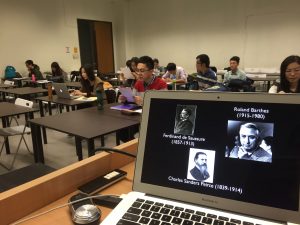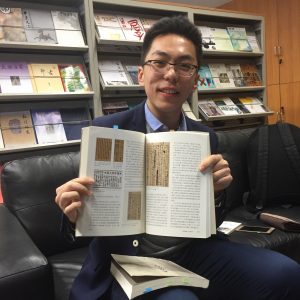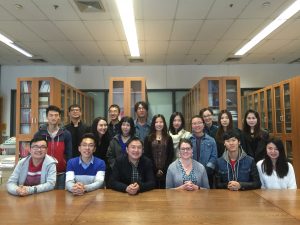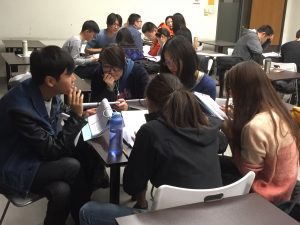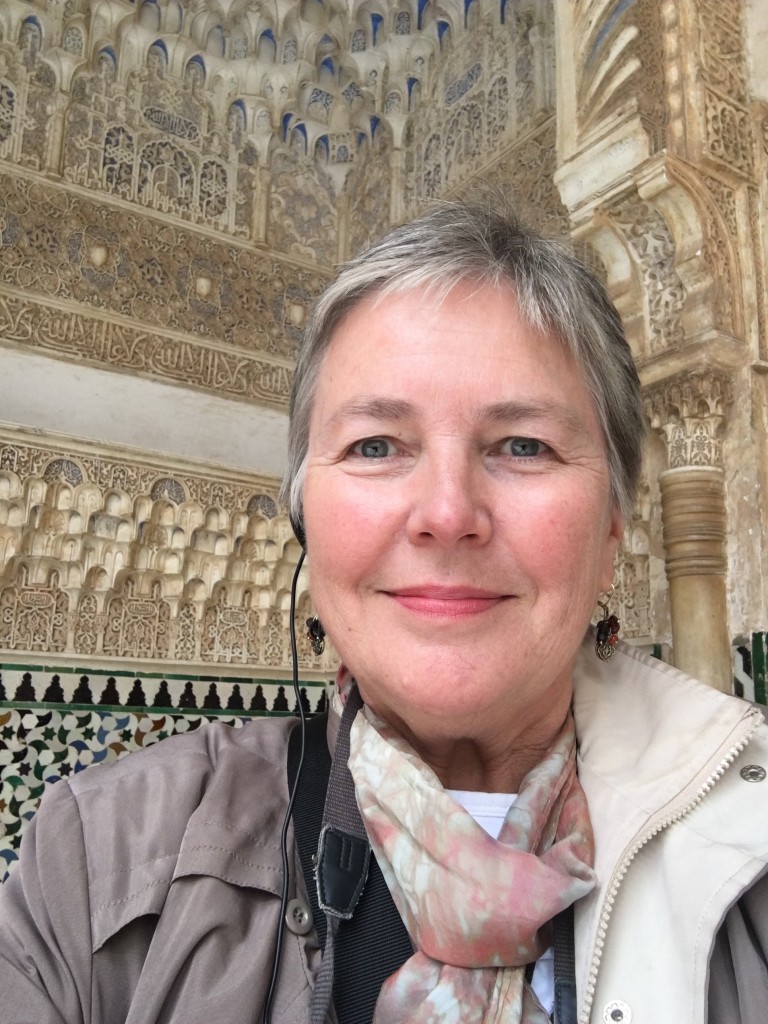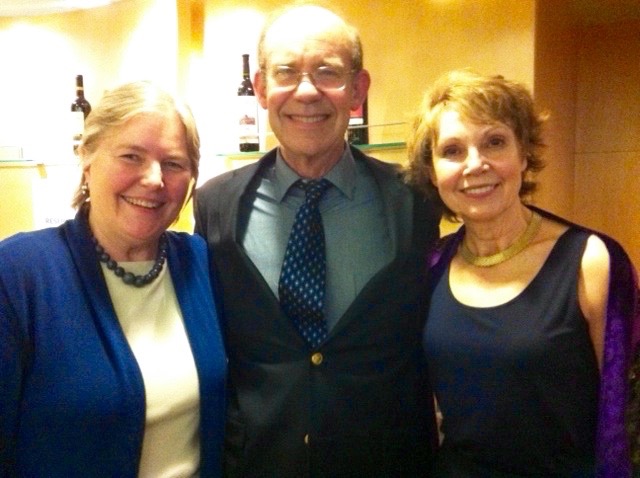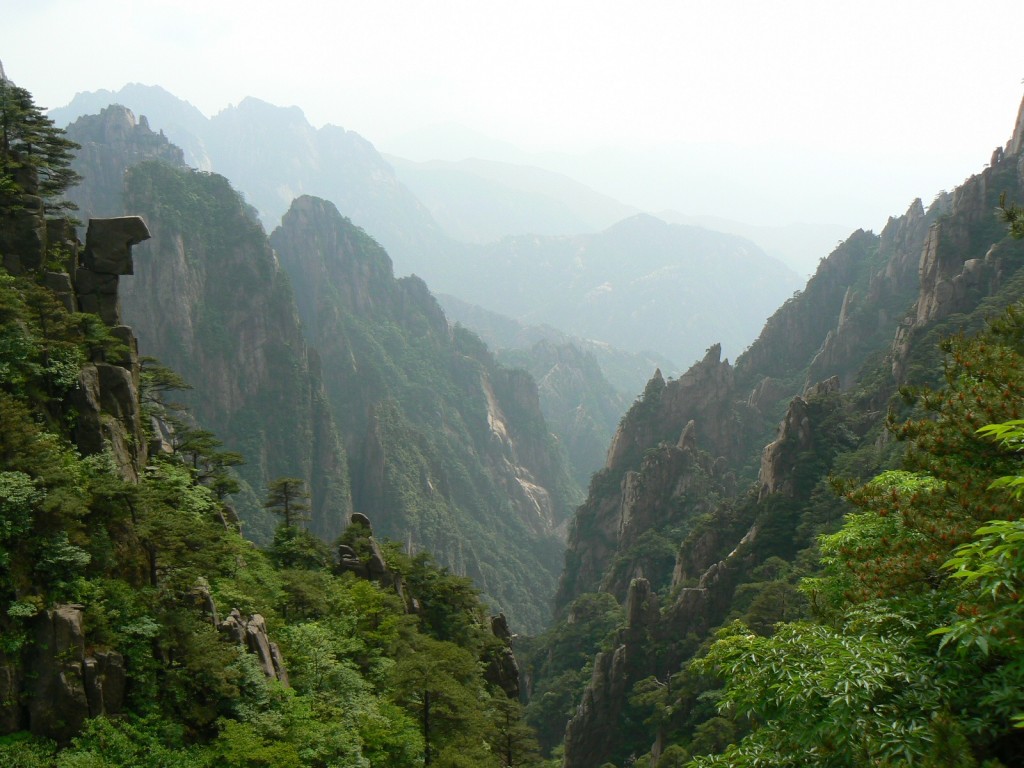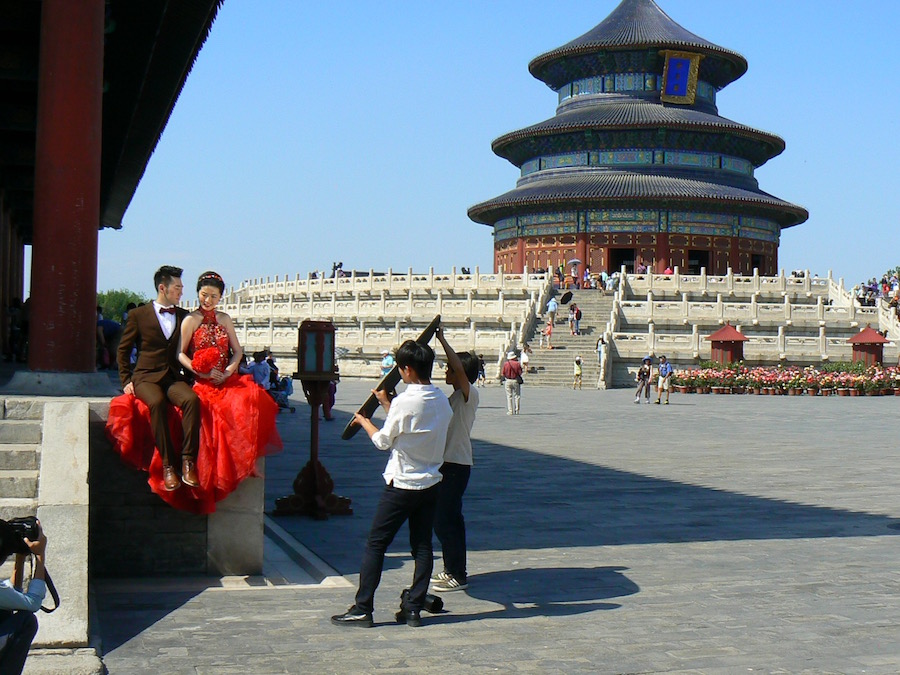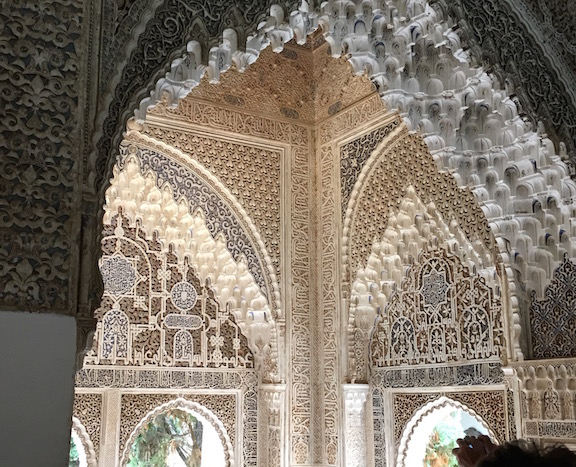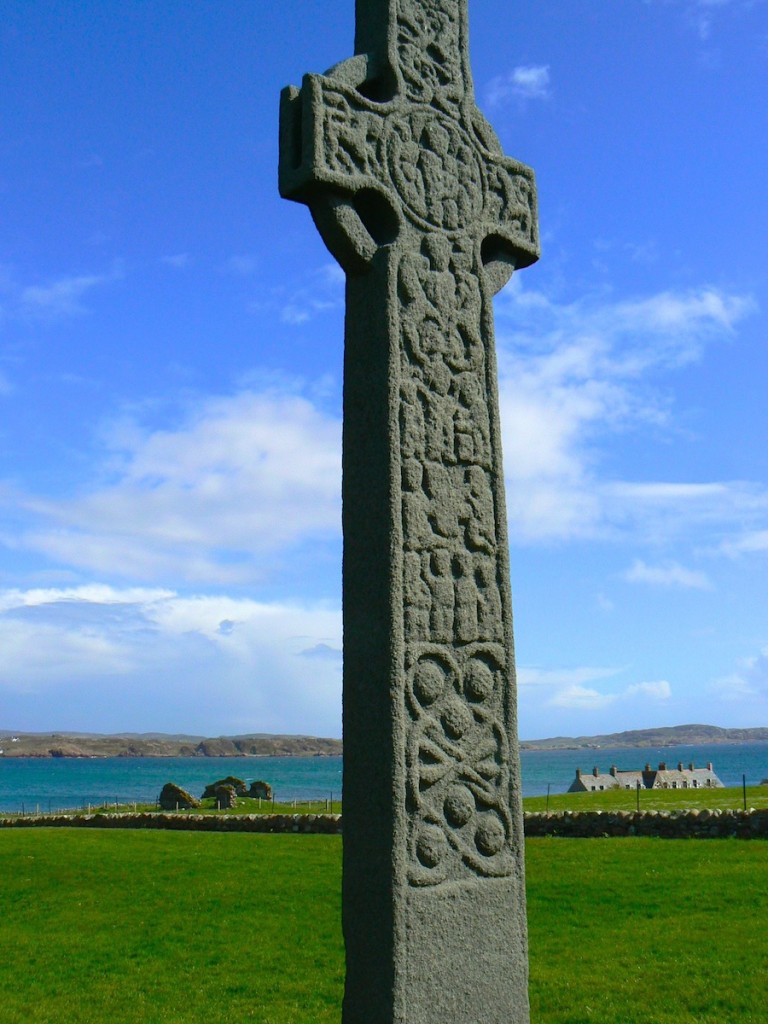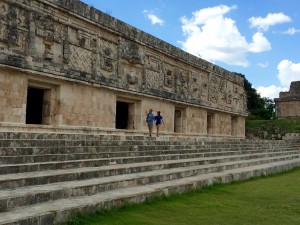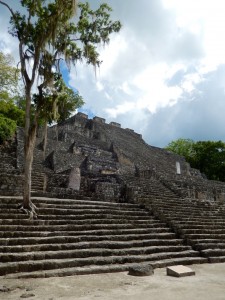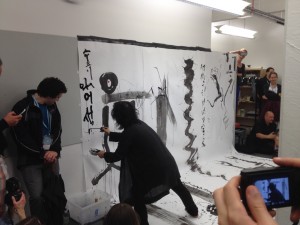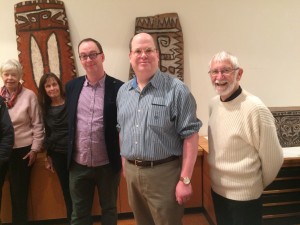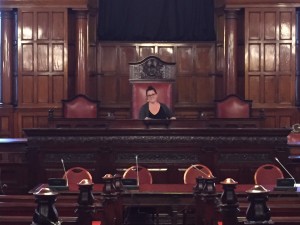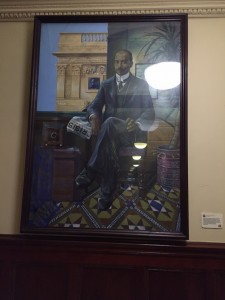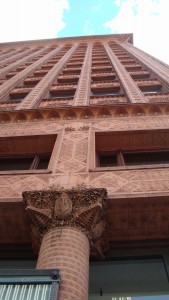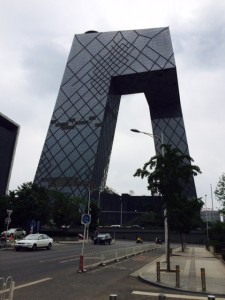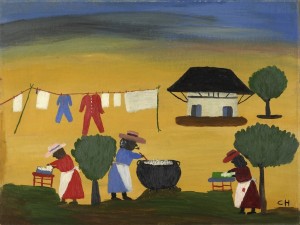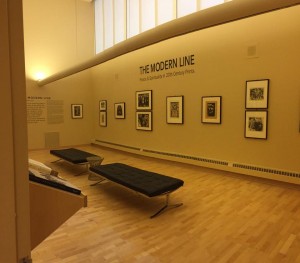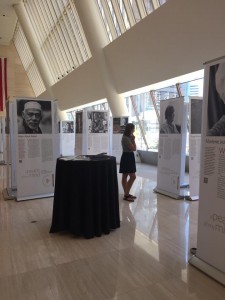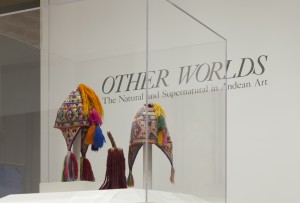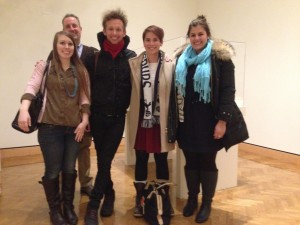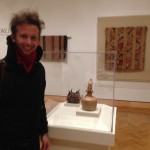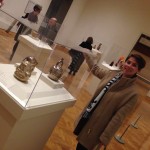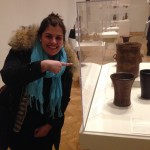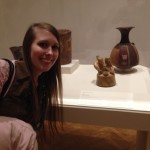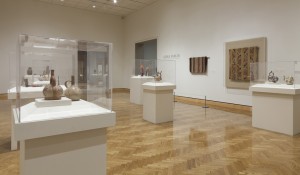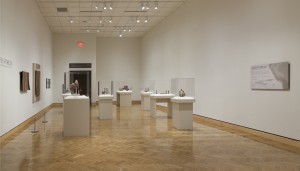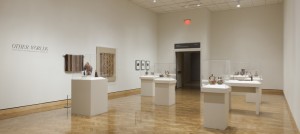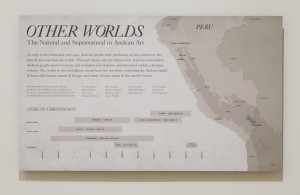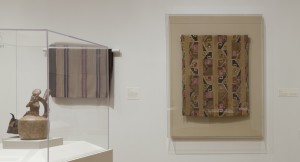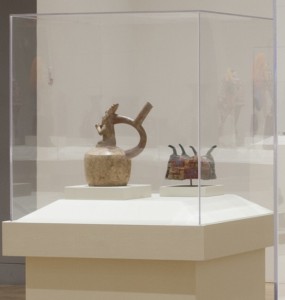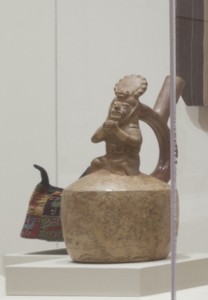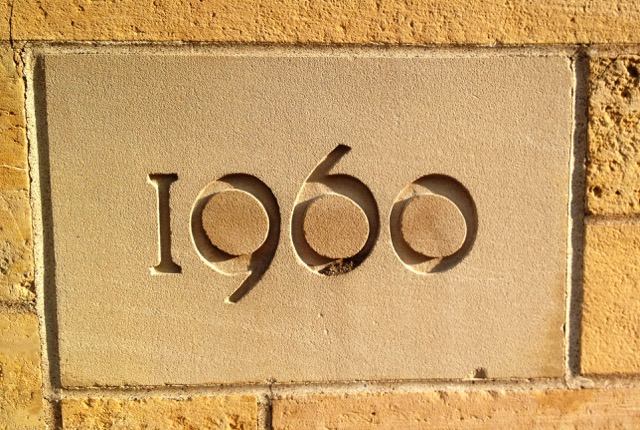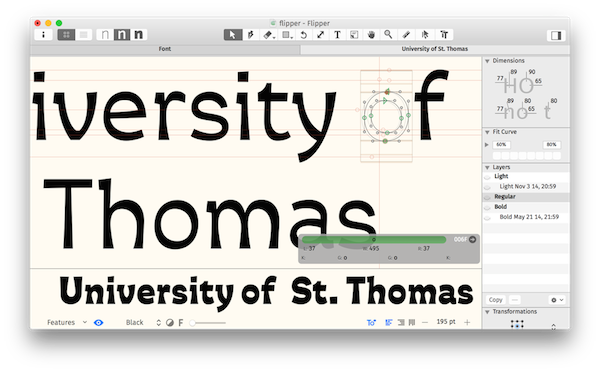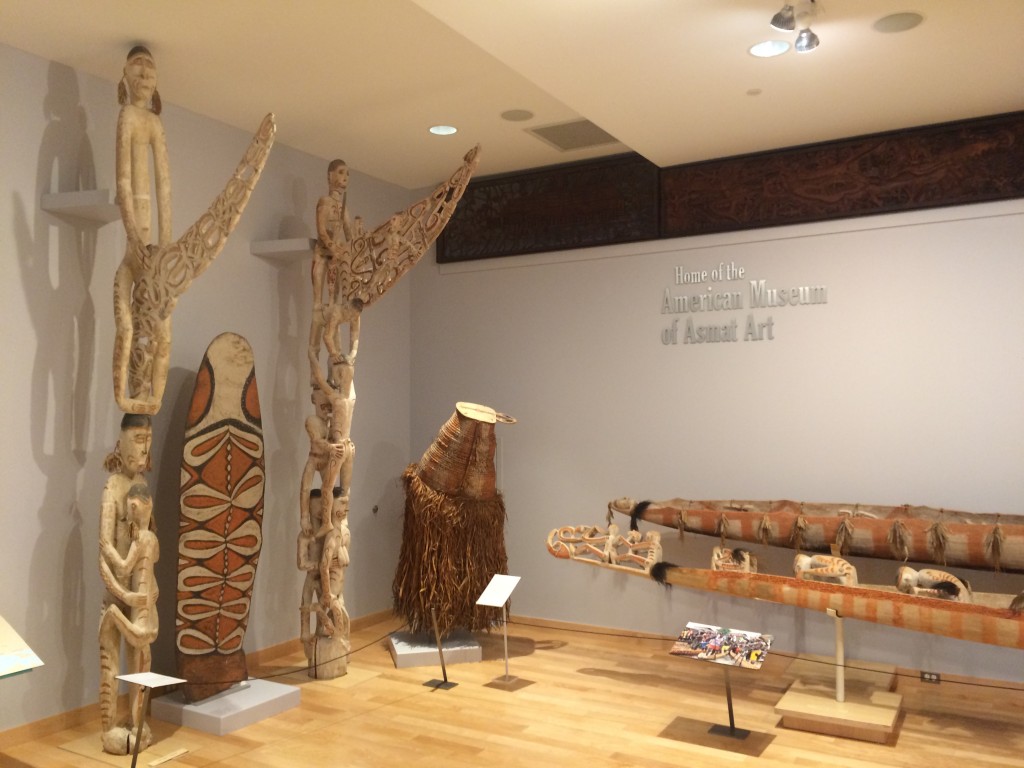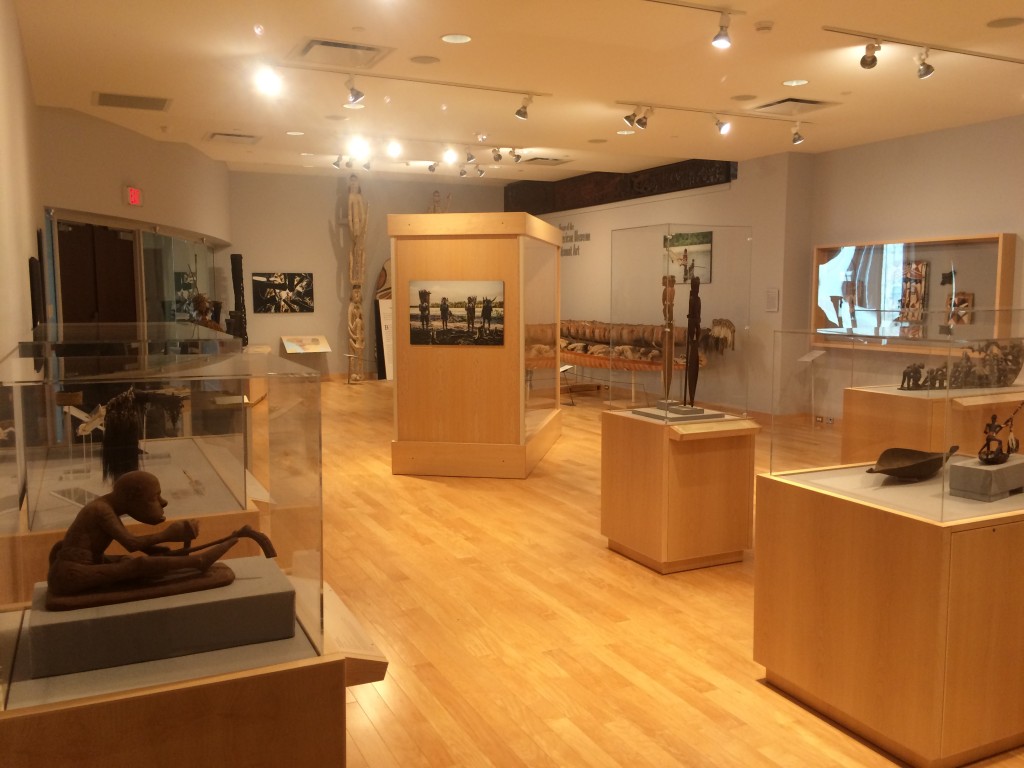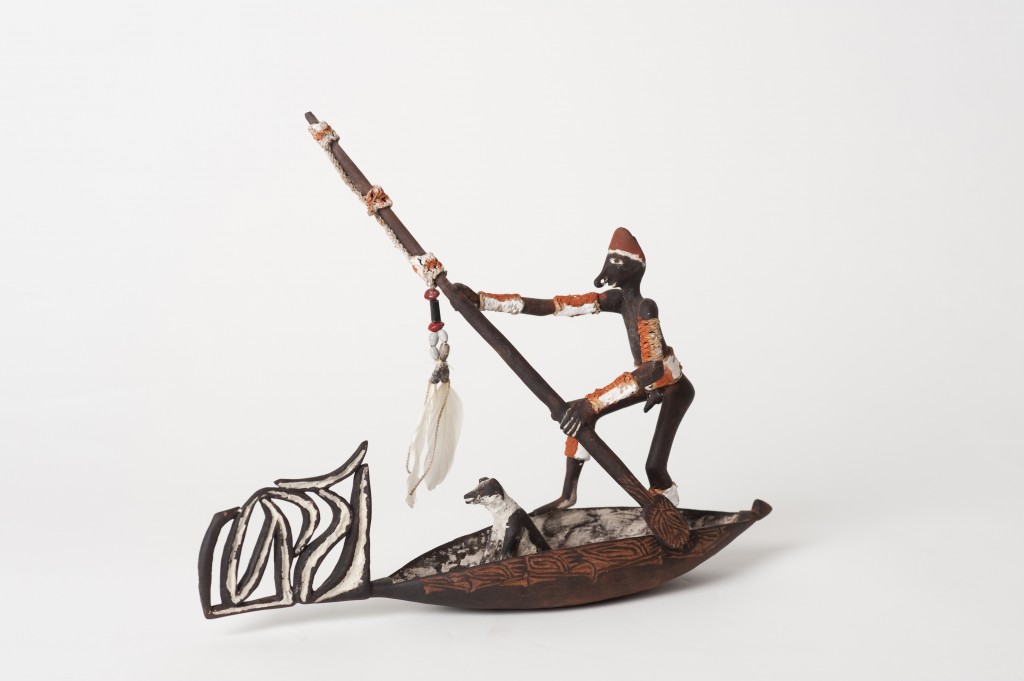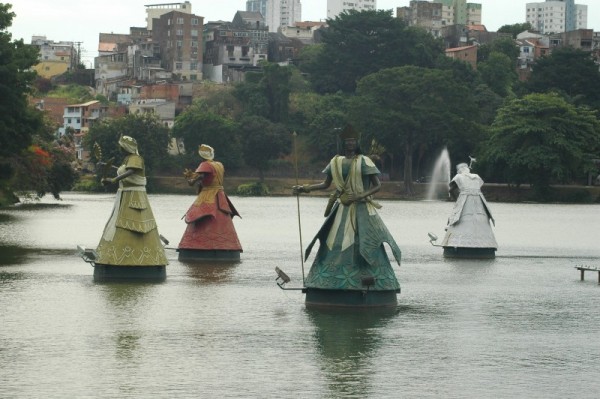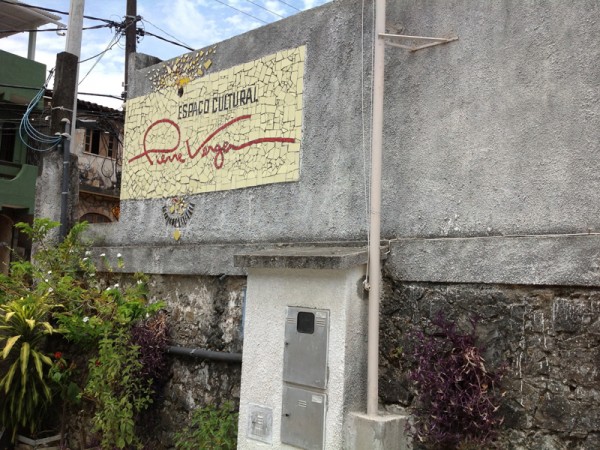Last week Dr. Victoria Young and graduate student Clare Monardo both headed down to New Orleans to present at the 2016 Southeast Chapter Society of Architectural Historians (SESAH) Annual Conference at Tulane University.
- Dr. Victoria Young
- Clare Monardo, graduate student
Based on her latest manuscript project, Dr. Victoria Young discussed the National World War II Museum designed by Voorsanger Architects. In 2000, founders and historians Stephen Ambrose and Nick Mueller opened the National D-Day Museum in the warehouse district of New Orleans. Within a few years they realized that the D-Day concept paid tribute to only a small portion of the war effort, and with Congressional support in 2003, they led the charge to become our nation’s World War II Museum. Dr. Young’s paper presented the process of creating the campus of the National World War II Museum. From a list of more than forty designers emerged the New York City firm of Voorsanger Architects PC, led by principal and founder Bartholomew Voorsanger. In addition to a discussion on how the firm was selected and their design proposal and how it has evolved over the last decade, Dr. Young spoke about the significance of how the memory of war is displayed through architecture and innovative exhibitions and how, for many, this is a powerful tool for engagement with the life changing events of the wartime experience. This talk further suggested that an architecture of peace is at the core of Voorsanger’s design philosophy, a viewpoint that supports the museum’s missions of education, remembrance and inspiration.
- Architectural model of museum campus (as viewed from Camp Street)
- Architectural model of museum campus (as viewed from Magazine Street)
Dr. Young, along with architect Bartholomew Voorsanger, also gave a tour of the museum, providing the group with a comprehensive view of the design process from architectural competition, to the various building phases, to detailing the next stages of construction that will take place before final completion expected in 2019. The various plans, models, etc. from the project will become part of the Voorsanger Architects Digital Archive, to be housed on the University of St. Thomas Department of Art History website.
Clare Monardo presented on the sacred landscape and ritual at the Irish Holy Wells of St. Brigid, also the focus of her qualifying paper that she will present during the December 2016 Graduate Student Forum. For her SESAH paper, Clare discussed how ritual and space affect and inform one another at the holy wells of St. Brigid, with particular focus on the site of Faughart, County Louth. Such wells are a unique worship space and remnants from a long ago culture, the pre-Christian Celts. These sites still maintain a place in Irish religion and spirituality today, although in some areas their use is diminished. Ritual is an integral part of any holy well experience and it can involve not just the holy well, but also sacred trees and stones. Traditionally, Christian worship takes place within some type of architectural building, but these holy well sites allow for worship within a sacred landscape; a landscape that has been enhanced by man-made additions such as structures around wells, paved paths, and shrines. The set movements that one performs while moving through the landscape, not unlike ritual movement through a church, are a blend of native and ecclesiastical traditions and recall the elaborate pre-Christian ritual of rounding, or making prescribed circuits around a holy well and other important features of the site. Faughart’s holy well of St. Brigid is a uniquely created space where ritual and worship are informed by, and intertwined with, the surrounding sacred landscape.
Clare will also be presenting another aspect of her research this Saturday, Oct. 8th at the Sacred Space: Art History Graduate Student Research Symposium at St. Thomas.
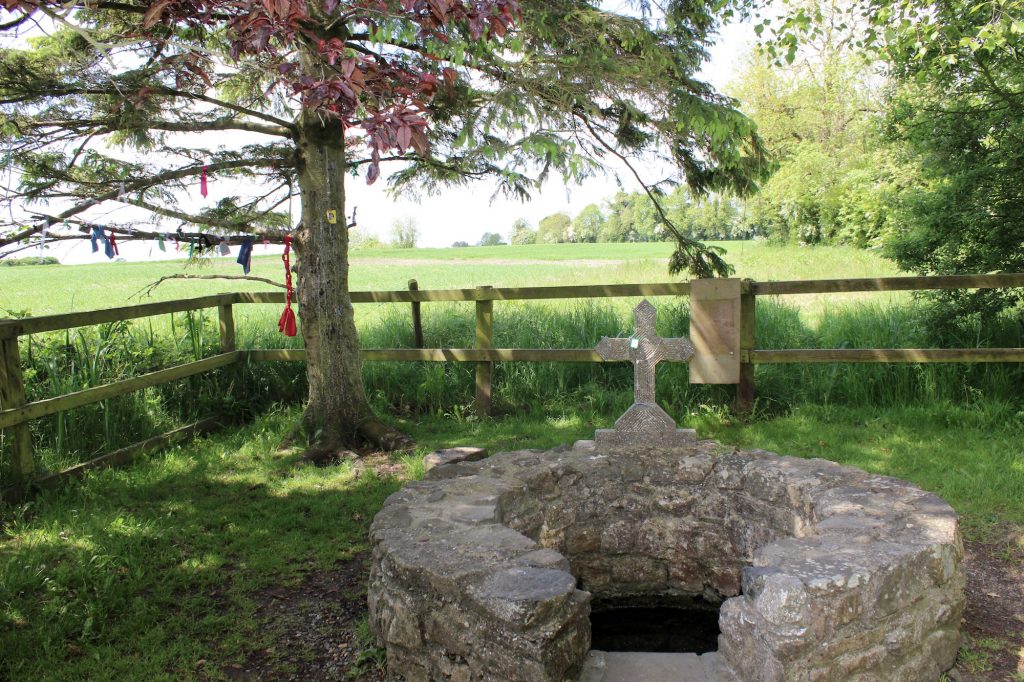
St. Brigid’s Well, Tully, County Kildare. Behind the well is a clootie tree, where pieces of cloth and other offerings have been attached to the tree. Traditionally, the afflicted takes a piece of his or her clothing and ties it to the tree with the belief that the disease which is plaguing them will be transferred from their body to the tree.
